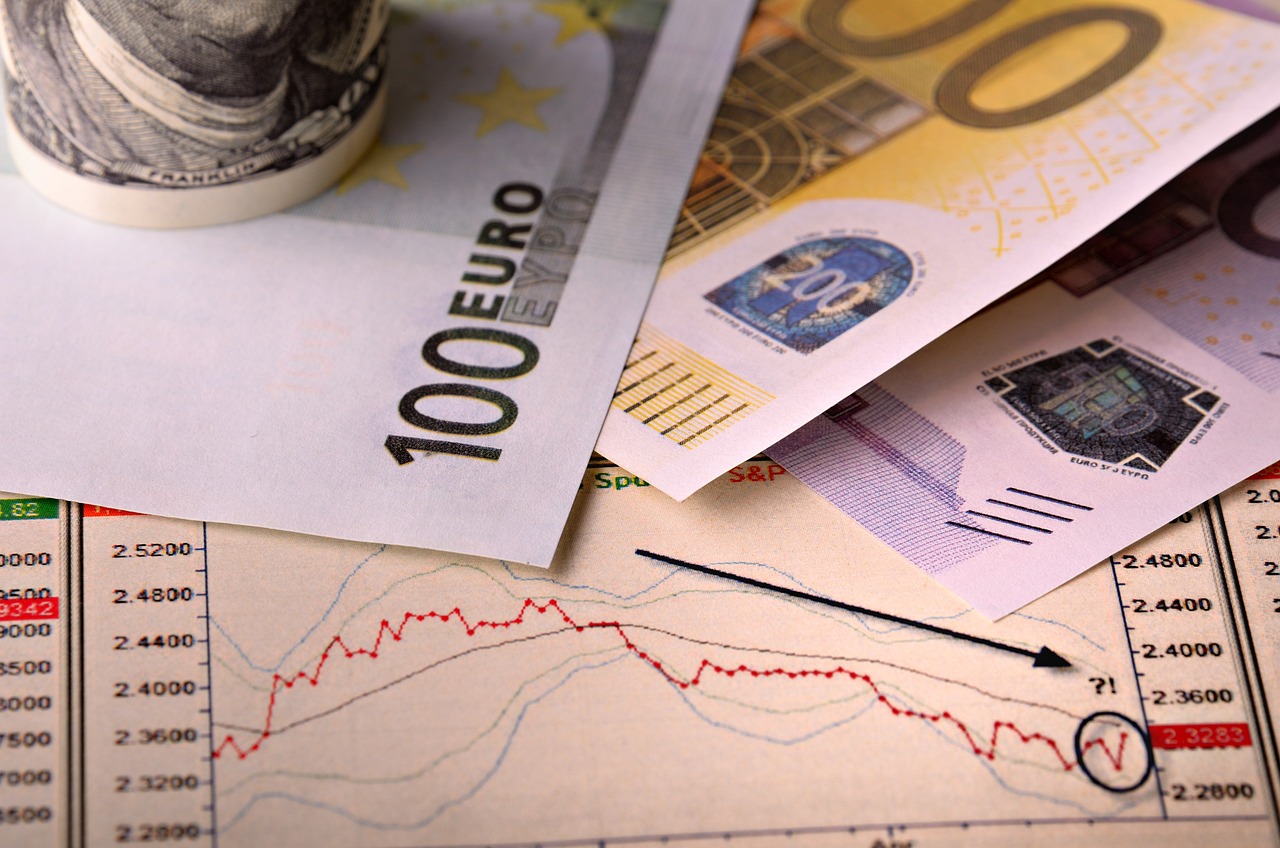Exchanging Korean Won for US Dollars: Rates, Fees, and Market Insights
GPT_Global - 2025-10-25 02:00:03.0 24
What are the exchange fees for converting KRW to USD?
When sending money from South Korea to the United States, understanding the exchange fees for converting KRW to USD is crucial. Exchange fees refer to the costs applied when your Korean won (KRW) is converted into U.S. dollars (USD), and they can significantly affect the total amount your recipient receives.
Most banks and remittance services include exchange fees in the form of a markup on the exchange rate. For example, if the mid-market rate is 1,300 KRW per USD, a provider might offer 1,320 KRW per USD — effectively charging a hidden fee through the rate difference. Some services may also add flat transaction fees, which can vary depending on the amount sent and the payment method used.
To minimize costs, it’s essential to compare providers before sending money. Many online remittance companies offer transparent pricing, real-time exchange rate tracking, and lower fees than traditional banks. Choosing a service with minimal exchange markups ensures your recipient gets more value from every transfer.
Why does the won fluctuate against the dollar?
Understanding why the South Korean won fluctuates against the US dollar is crucial for businesses, especially those in the remittance industry. Exchange rates between currencies are influenced by a variety of factors, including economic performance, inflation rates, and geopolitical events. When the South Korean economy performs well, the won tends to strengthen against the dollar. Conversely, economic uncertainty or a global crisis can lead to a weaker won.
Another key factor is interest rates. The Bank of Korea's interest rate policies can impact the won's value. Higher interest rates tend to attract foreign investment, boosting the won's value. Conversely, lower interest rates might lead to depreciation.
For remittance businesses, fluctuations in the exchange rate can directly affect the amount received by recipients in Korea. A weaker won means that the same amount of USD sent will convert into fewer Korean won, while a stronger won has the opposite effect. This is an important consideration for remittance businesses to stay competitive and offer the best rates to their customers.
What’s the best time to exchange won to dollars for travel?
When planning an international trip, one of the key financial considerations is currency exchange. For those traveling from South Korea, exchanging won to dollars (KRW to USD) at the right time can help you save money. But when exactly is the best time to exchange your won?
The optimal time to exchange won to dollars largely depends on the current exchange rates. The value of the Korean won fluctuates against the US dollar based on global economic conditions. To secure the best rate, keep an eye on market trends and consider exchanging your currency when the rate is more favorable. Typically, rates may be more favorable during times of economic stability or when there is low demand for dollars.
Additionally, it's crucial to avoid exchanging money during weekends or holidays when exchange rates may be less favorable or less competitive. Monitoring exchange rate trends or consulting with a trusted remittance business can also help you make informed decisions. With the right timing, you can maximize the value of your won when traveling abroad.
What’s the lowest rate 1 KRW to USD has ever reached?
Understanding currency exchange rates is crucial in the remittance business. When transferring funds internationally, the value of currencies can fluctuate, impacting the amount recipients get. One of the most notable currency values to track is the South Korean Won (KRW) to US Dollar (USD) exchange rate. In history, the lowest rate 1 KRW has ever reached against the USD was in the 1990s.
This low point occurred during the 1997 Asian financial crisis, where the KRW plummeted to about 2,000 KRW to 1 USD. Such drastic devaluation made international transactions and remittances far more expensive for South Koreans sending money abroad. Understanding these fluctuations is vital for both businesses and individuals involved in international money transfers.
For remittance companies, staying up-to-date on exchange rates helps in providing accurate conversion rates to customers. By monitoring historical trends and forecasting future exchange rates, businesses can offer better services and more competitive fees. It's essential for remittance providers to understand how such rate changes affect the value of transfers, ensuring customers are fully informed.
About Panda Remit
Panda Remit is committed to providing global users with more convenient, safe, reliable, and affordable online cross-border remittance services。
International remittance services from more than 30 countries/regions around the world are now available: including Japan, Hong Kong, Europe, the United States, Australia, and other markets, and are recognized and trusted by millions of users around the world.
Visit Panda Remit Official Website or Download PandaRemit App, to learn more about remittance info.



